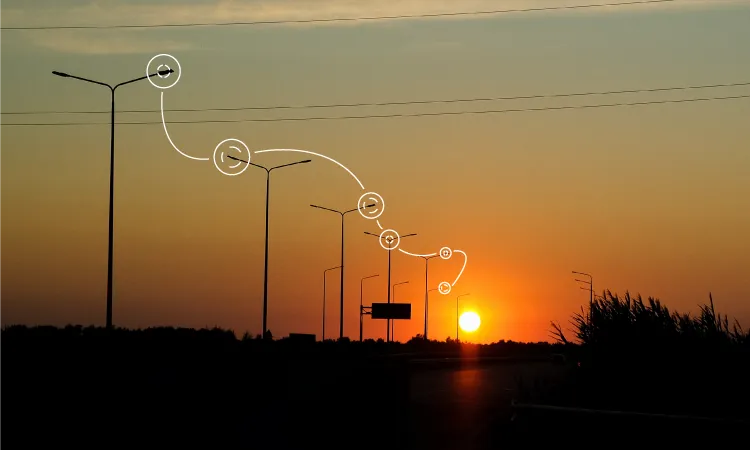Unifying NEMA and Zhaga
Combining NEMA and Zhaga Standards for Smart Outdoor Lighting Solutions
The evolution of outdoor lighting systems has brought us two distinct standards: NEMA (National Electrical Manufacturers Association) and Zhaga. While both connectors have paved the way for advanced lighting systems, they reveal two diverging approaches to individual lighting control. Bridging the gap between them poses an intriguing engineering challenge with the potential to revolutionize smart outdoor lighting networks.

